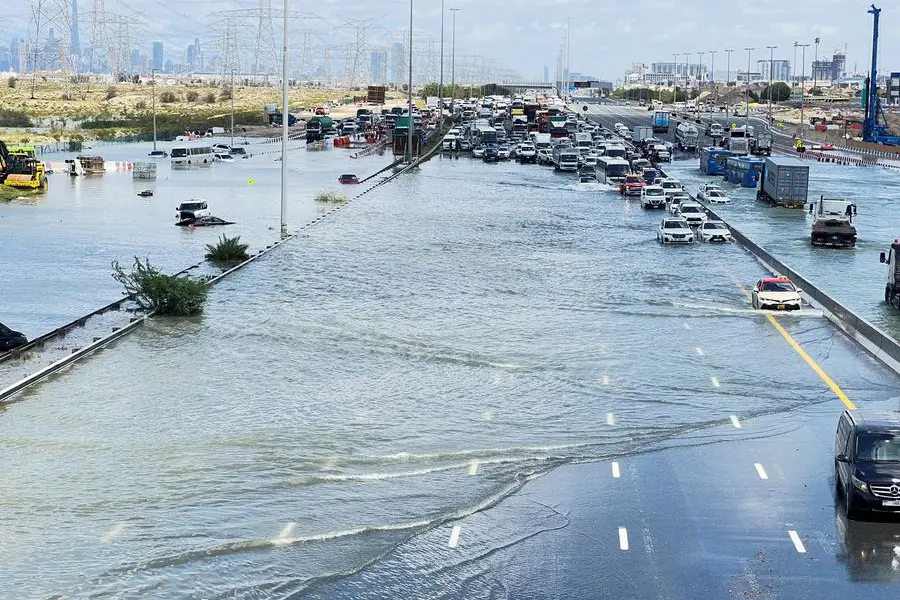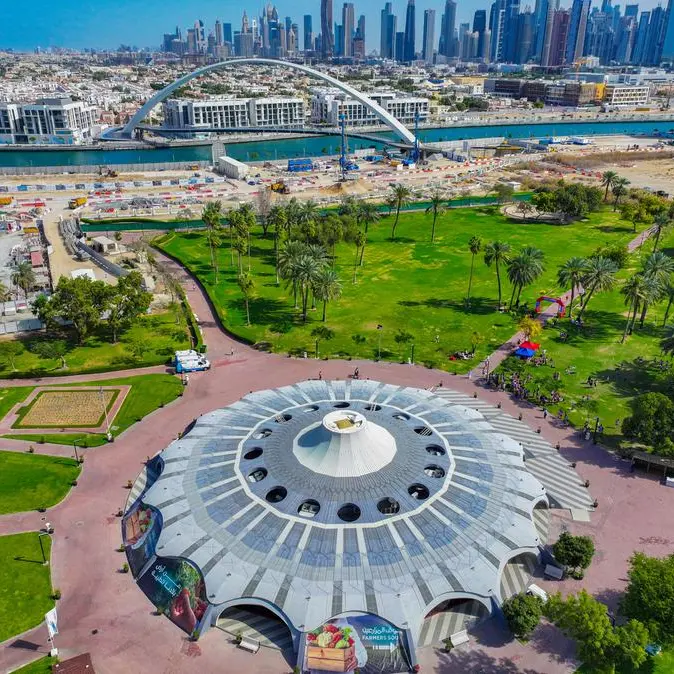PHOTO
No cloud-seeding missions were conducted on Tuesday when the UAE saw torrential rains that disrupted life across the country, according to the National Centre of Meteorology (NCM).
Dr Ahmed Habib of the NCM told Khaleej Times that during "extreme weather conditions, no cloud-seeding is done".
Rubbishing widespread claims on the Internet, the weather expert added: “No pilots were dispatched for seeding operations in this period.”
The UAE, known to have an arid climate, experienced an extraordinary downpour on Tuesday, recording its heaviest rainfall in 75 years.
Although the country conducts cloud-seeding operations throughout the year, all such missions are suspended during severe storms or whenever there's a high risk of lightning. This is primarily due to safety concerns and practical limitations.
Clouds are targeted with salt flares during their early formation — before precipitation, he noted. If a severe thunderstorm develops, it becomes difficult and unsafe to do this.
Soaked in rainwater
With huge parts of the country soaked in 110mm of rain in one day, many residents grappled with flooded roads, homes, and even airports and malls.
NCM said that so far, the highest amount of rainfall was seen in Al Ain's Khatm Al Shakla area, with 254mm of rain in less than 24 hours.
Habib said a downpour like this was last seen in Sharjah — and it happened before the unification of the seven emirates.
“That was in the late 1940s, in 1949, as recorded by the weather station in Sharjah. However, this historical data was recently juxtaposed with yesterday’s rainfall. In 2015, Al Shoaib area experienced greater precipitation," he said.
The current event stands out due to its wider coverage across the region, he added. “That's because stations across a larger part of the country recorded rainfall exceeding 100mm, marking a first-time occurrence.”
If not cloud-seeding, then what caused record rain?
Explaining why the depression came with such force on Tuesday, Habib said: “The presence of convective clouds forming over the UAE triggered a series of weather events.
"Warm, moist air masses originating from the Arabian Sea was flowing towards Oman and the UAE. Concurrently, low-pressure conditions prevailed in the upper atmosphere. Therefore, humidity levels intensified over the UAE, accompanied by surface heating and upper-level cooling. This condensed the actual moisture in that warm air. These combinations of factors resulted in unstable weather conditions.”
The region experienced more than four weather waves, "with the most intense occurring from late afternoon to late last night, bringing significant rainfall", Habib said.
Expect more stable weather now
The weather expert confirmed that the worst was over, with the country expected to experience only light showers as the low-pressure system started moving eastward.
“We have cloud information over the mountains in the northern parts of the country that will bring little rain only in these areas, far from Dubai and Abu Dhabi," Habib said.
"This will lead to light to moderate rain there. We are gradually moving towards stable weather starting from tonight. There are chances of fog formation in the internal parts of the UAE between Al Ain and Abu Dhabi and between Abu Dhabi and Madinat Zayed."












